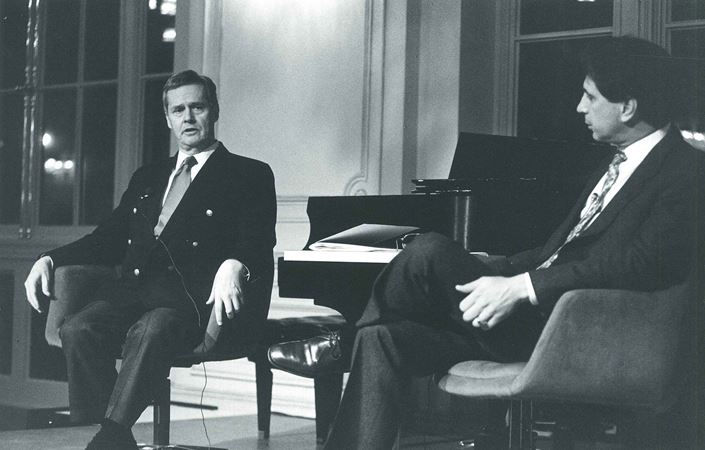Self-portrait (in progress), Harmonium, and Reflections on Composition
- Ziqian Liu

- Oct 1
- 3 min read

This morning I spent two hours sketching this image, based on a photo I captured with my iPhone on September 29 at 17:02.
This afternoon, I was at Schulich School of Music of McGill University to attend the doctoral colloquium presented by Ninad Puranik—a very scintillating talk introducing the challenges of adapting electronic MIDI instruments for the Indian harmonium, which is used in traditional Hindustani music. For example, Raga—the central concept of Indian music—has a set of rules for improvisation. The harmonium belongs to the free-reed family and was brought to India through imperial colonialism. It is a specific subtype of aerophone, typically spanning 2.5 to 4 octaves.

Mr. Puranik also briefly introduced the harmonium invented by the French inventor Alexandre Debain, which spans five octaves and, if I recall correctly, was banned in India for about four decades. The colloquium was highly technical, emphasizing some of the challenges in adapting the harmonium as a MIDI instrument, from the perspectives of physical modeling and interface design. He highlighted fundamental differences between the piano and the harmonium and coalesced concepts such as interactive adaptive inverse filtering (IAIF), biquad filters, source-filter-based models, laser Doppler vibrometry (LDV), the internal effects of upstream airflow, and the Bernoulli equation, all while advocating for maintaining the traditional gestures of playing the instrument. He posed the question of whether the harmonium is a modus vivendi, which I found very thought-provoking.
As I briefly researched the instrument, I found that the Indian harmonium is actually an adaptation of the French guide-chant, which often accompanies choral singing, and is itself inspired by the Chinese instrument sheng (笙). It was also fascinating to note the technical challenges of adapting a MIDI instrument to maintain microtonal integrity, as well as addressing detuning effects and the bellows behavior unique to this aerophone.
The presentation was very technical and engineering-based, yet I found it inspiring. It reminded me of composer Louis Durey, who was an engineer before turning to composition after hearing Claude Debussy’s Pelléas et Mélisande. I recalled attending a live performance of this opera by the Boston University Opera Institute in 2018 somewhere downtown, which still mesmerizes me and has influenced me deeply. I have been revisiting The Debussy Edition over the past two days—an 18-hour, 23-minute marathon with so many great ideas for music. Like Durey, I deeply admire Debussy’s compositions. After today’s lecture, I aspire to learn more about traditional non-Western music while respecting the integrity and legacy of compositions by great French composers such as Maurice Ravel and Lili Boulanger.
I also remember watching the video by Juan Floristán - Pianist on Ravel’s G Major Piano Concerto, in which he mentions that what Ravel was doing at the time—incorporating jazz and music from the Far East—is analogous to what composers should do in electronic music today. Reflecting on my previous research in one of my video essays, which explored the blurred boundaries between sound design and music in cinema, I find myself repeatedly returning to these great composers for inspiration. As a practitioner in music composition, I ask myself: how should I approach composition, and how can I navigate the fissure between popular music and classical traditions?



Comments